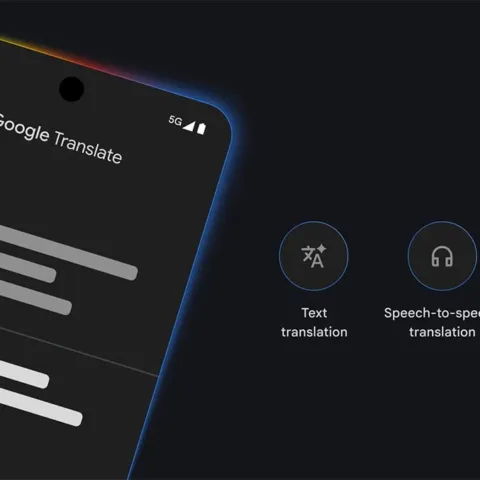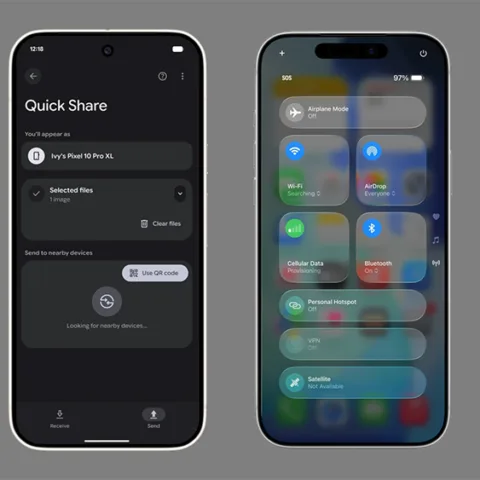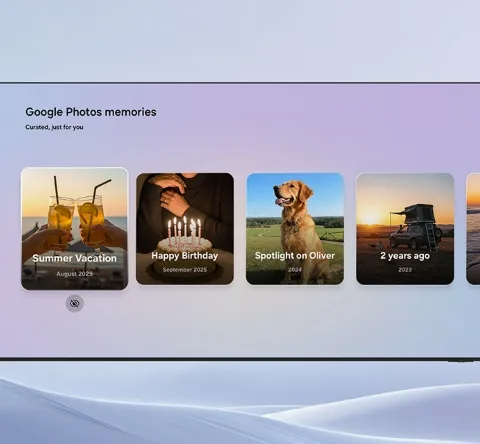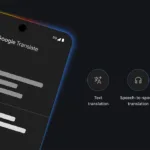
A few days ago, Indonesians were surprised that Project Loon was sighted around Makassar Strait. Many questioned about what the air balloon was for. Flying in the stratosphere lining, the balloon travels all over the world to provide internet connection to areas untouched by IT infrastructure, especially in Indonesia.
In the midst of technology’s vast growth, two third of world’s population remain untouched by internet. This came to Google’s ears, hence it manifested the condition into air balloons that travel while providing wireless internet on LTE network, which are expected to reach untouched areas.
Project Loon was started in New Zealand back in 2013. Google claimed that there are 30 balloons that fly in stratosphere lining, 20 km away from the sea surface. Each balloon is only designed to either go up or go down to look for wind.
Utilizing plenty of data from the National Oceanic and Atmospheric Administration (NOAA), Google’s algorithm automatically decides which wind that is worthy enough to be ridden on.
The balloon is equipped with solar panel and battery that serves the power for the whole system to work well during the day. So far, the longest flying period that a balloon has achieved was 187 days or, more less, six full months, going nine times around the globe, going through four continents and dozens of countries, The Verge reported.
This time, Google focuses on flying Loon in the Southern part of the earth. Its orbit forms a ring, in which balloons will come and go, thus serving unlimited internet access.
An Alternative Solution for Rural Areas
Each and every balloon is equipped with 40 km wide internet access using LTE wireless technology. This project collaborates with telcos for every cellular spectrum which allows everyone to access it everywhere, as long as his device supports LTE signal.
What Google Loon offers is basically beneficial for operators as they now may reach its customers all over Indonesia. Instead of building BTS in rural areas, the air balloon serves as an interesting alternative. Using such scheme as a basis, the spectrum license may be used to provide a signal transmitter up in the sky and reach untouched people in rural areas.











